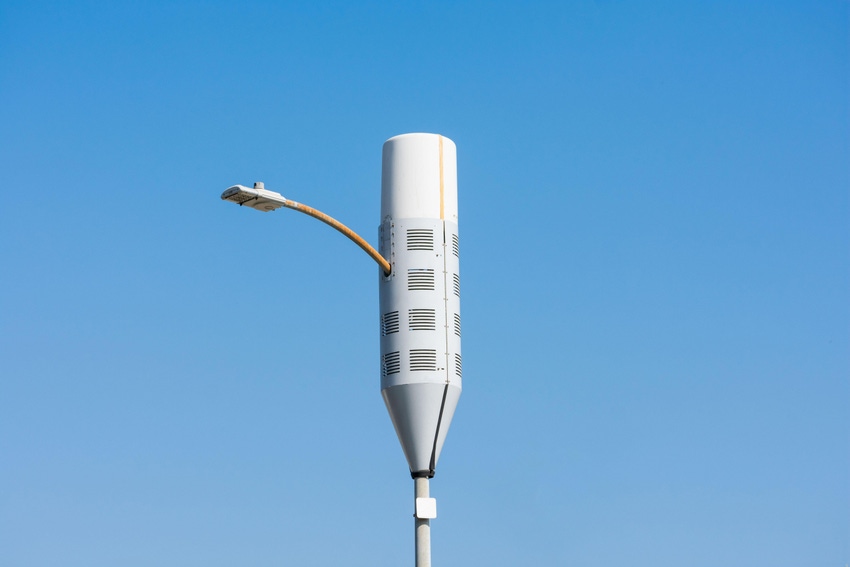Dish may have joined the big rush toward 5G small cells
'They're going to put some money to work in small cells,' DigitalBridge CEO Marc Ganzi said of Dish Network's new deal with Extenet – another signal of rising small cell interest. However, a Dish official declined to comment.

According to one top executive in the US wireless industry, Dish Network is looking to densify its 5G network with small cells.
However, a Dish official declined to comment on the situation, including whether Dish recently inked an agreement with Extenet for small cells.
Dish's current 5G network relies primarily on large cell towers. The company currently counts roughly 16,000 such towers around the country, a figure company officials expect to increase to 20,000 by the end of this year.
Regardless, the situation helps to shine a light on the market for small cells, which appears to be gaining steam after several years of sluggish progress.
A slip?
Dish's apparent interest in small cells was disclosed by Marc Ganzi, the CEO of DigitalBridge, during his company's recent quarterly earnings call. According to a Seeking Alpha transcript of the event, Ganzi said Dish recently signed a master lease agreement (MLA) with DigitalBridge's Extenet for small cells.
"They're going to put some money to work in small cells," Ganzi said of Dish.
Dish, for its part, earlier this year signaled it will take a "pause" on its 5G network effort after having reached an FCC network-buildout mandate in June.
Dish has so far spent around $6 billion to build its 5G network, including around $700 million during the third quarter. The financial analysts at New Street Research expect Dish's quarterly 5G capex to drop to around $250 million per quarter for the next five quarters, before stepping up to $500 million per quarter in the first half of 2025 as Dish nears its final FCC buildout target.
A small cell rise
As AT&T, Verizon and T-Mobile start wrapping up their big 5G midband network buildouts, talk has started again about using small cells to extend 5G coverage and increase capacity.
"We remain really optimistic about what's going to happen in the small cell segment in the coming years," Ganzi said. He explained that demand for small cells will grow amid rising interest in private wireless networks for enterprises, as well as increased use of AI tools like ChatGPT.
Ganzi isn't alone. For example, Crown Castle expects to deploy 10,000 small cells this year, which is double the number of small cells the company deployed in 2022.
And Casa Systems expects its new small cell business to take off amid demand for indoor coverage.
"Our focus is industry-leading solutions for scalable indoor enterprise small cell deployments for in-building coverage, either enhancing existing DAS [distributed antenna system] or replacing it," said Michael Glickman, Casa's CEO, during his company's recent quarterly conference call.
Glickman said Casa expects small cell revenues of $10 million this year, up 50 percent from last year. "We expect this level of growth to continue in fiscal year 2024 as we continue to add new customers in Europe and North America," he added.
About the Author(s)
You May Also Like




_International_Software_Products.jpeg?width=300&auto=webp&quality=80&disable=upscale)







